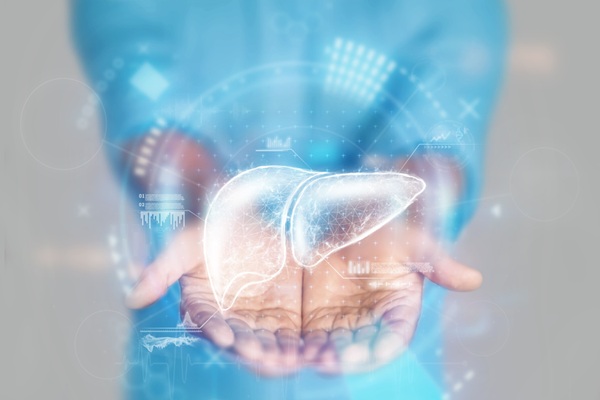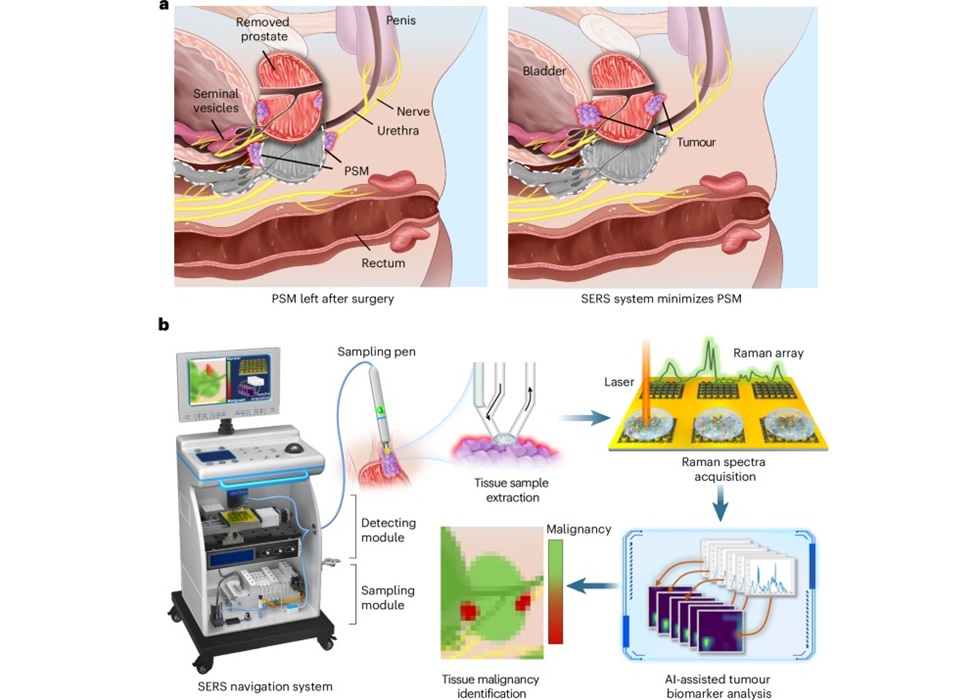PET Imaging Agent Predicts Poor Functional Outcomes After Heart Attack
|
By HospiMedica International staff writers Posted on 16 Jun 2022 |
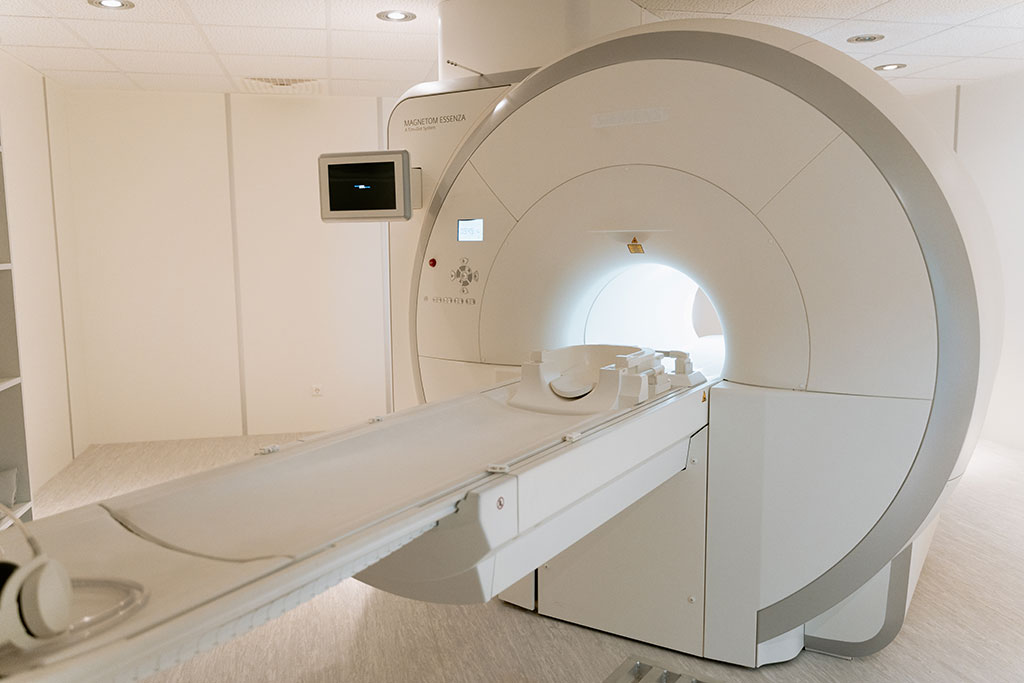
Acute myocardial infarction, commonly known as heart attack, is one of the leading causes of death worldwide. After a heart attack, the heart goes through a series of changes at the molecular and cellular level. The fibroblast activation protein (FAP) is overexpressed as these changes occur and can provide useful information about a patient’s prognosis. Now, poor functional outcomes after a heart attack can be predicted with a new PET imaging agent, 68Ga-FAPI-46, according to new research.
A study by researchers at the Hannover School of Medicine (Hannover, Germany) revealed that when correlated with cardiac MRI, 68Ga-FAPI-46 PET is a new specific indicator of active fibrosis and can identify a patient’s chances of recovery. In the study, 35 patients underwent 68Ga-FAPI-46 PET/CT, perfusion SPECT, and cardiac MRI within 11 days after a heart attack. Cardiac FAP-volume was determined by PET imaging and infarct size defined by SPECT imaging. Cardiac MRI showed functional parameters, area of injury and tissue mapping. These datapoints were then compiled to examine potential correlations.
In all patients the FAP-upregulation was significantly larger than both the infarct size and the area of injury as defined by SPECT and cardiac MRI, respectively. A higher extent of myocardial FAP upregulation was predictive of subsequent left ventricular dysfunction. As such, the researchers concluded that fibroblast activation in non-infarcted areas of the heart may contribute to adverse outcomes.
“Molecular PET imaging of the fibroblast activation protein has recently been evaluated in patients after acute myocardial infarction,” said Johanna Diekmann, MD, clinician scientist in the Department of Nuclear Medicine at the Hannover School of Medicine. “In our study, we sought to obtain further insights by correlating FAP-targeted PET imaging with tissue characteristics from cardiac MRI, as well as functional outcome.”
“Myocardial infarction is an important contributor to the development of heart failure, but the early molecular processes involved in the transition from initial injury to heart failure are under-treated,” added Diekmann. “New antifibrotic therapies (such as CAR-T cell therapies) could significantly change future therapy of heart failure. Using FAPI-PET to select patients suitable for therapy would open a new major application for PET in fibrosis and cardiac diseases.”
“FAPI is a very exciting radiotracer that holds great potential for the future of nuclear medicine and molecular imaging,” noted Heather Jacene, Scientific Program chair of the Society of Nuclear Medicine and Molecular Imaging. “68Ga-FAPI-46 PET/CT clearly indicates pro-fibrotic activity after acute myocardial infarction. The predictive value of FAPI-PET for the magnitude of subsequent decline in global cardiac function, if further validated, may be used in the future to help select the most suitable patients for anti-fibrotic therapies which are currently under development. This could ultimately have a powerful impact on cardiovascular medicine.”
Related Links:
Hannover School of Medicine
Latest Critical Care News
- Magnetically Guided Microrobots to Enable Targeted Drug Delivery

- Smart Nanomaterials Detect and Treat Traumatic Brain Injuries Simultaneously
- Earlier Blood Transfusion Could Reduce Heart Failure and Arrhythmia in Heart Disease Patients
- 'Smart' Shirt Detects Epileptic Seizures in Real Time
- Skin Patch Measures Effectiveness of Flu/COVID Vaccines in 10 Minutes
- Complete Revascularization Reduces Risk of Death from Cardiovascular Causes
- Tiny Fish-Inspired Robots Navigate Through Body to Deliver Targeted Drug Therapy
- Coronary Artery Stenosis Could Protect Patients from Pulmonary Embolism Effects
- Sweat-Powered Sticker Turns Drinking Cup into Health Sensor
- Skin-Mounted 3D Microfluidic Device Analyzes Sweat for Real-Time Health Assessment
- New Therapeutic Brain Implants to Eliminate Need for Surgery
- Stem Cell Patch Gently Heals Damaged Hearts Without Open-Heart Surgery
- Biomaterial Vaccines to Make Implanted Orthopedic Devices Safer
- Deep Learning Model Predicts Sepsis Patients Likely to Benefit from Steroid Treatment
- Programmable Drug-Delivery Patch Promotes Healing and Regrowth After Heart Attack
- Breakthrough Ultrasound Technology Measures Blood Viscosity in Real Time
Channels
Surgical Techniques
view channel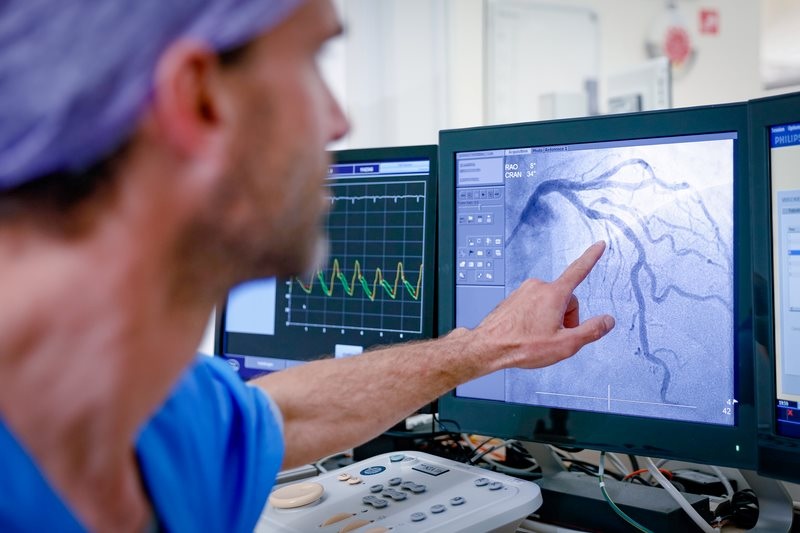
New Study Findings Could Halve Number of Stent Procedures
When a coronary artery becomes acutely blocked during a heart attack, opening it immediately is essential to prevent irreversible damage. However, many patients also have other narrowed vessels that appear... Read more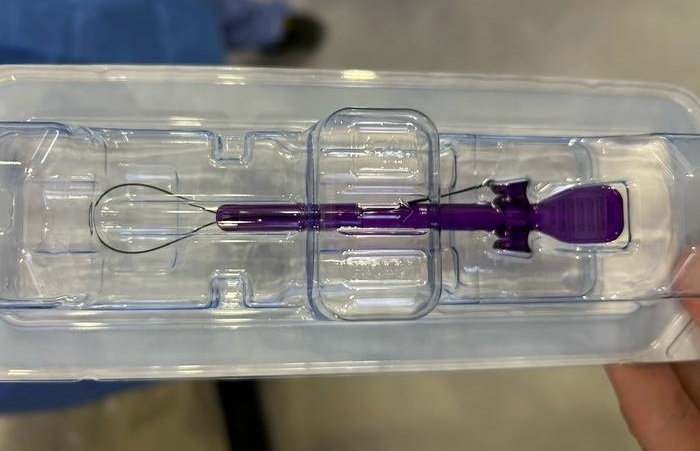
Breakthrough Surgical Device Redefines Hip Arthroscopy
Hip arthroscopy has surged in popularity, yet surgeons still face major mechanical constraints when navigating deep joint spaces through traditional cannulas. Limited tool mobility and the need for an... Read morePatient Care
view channel
Revolutionary Automatic IV-Line Flushing Device to Enhance Infusion Care
More than 80% of in-hospital patients receive intravenous (IV) therapy. Every dose of IV medicine delivered in a small volume (<250 mL) infusion bag should be followed by subsequent flushing to ensure... Read more
VR Training Tool Combats Contamination of Portable Medical Equipment
Healthcare-associated infections (HAIs) impact one in every 31 patients, cause nearly 100,000 deaths each year, and cost USD 28.4 billion in direct medical expenses. Notably, up to 75% of these infections... Read more
Portable Biosensor Platform to Reduce Hospital-Acquired Infections
Approximately 4 million patients in the European Union acquire healthcare-associated infections (HAIs) or nosocomial infections each year, with around 37,000 deaths directly resulting from these infections,... Read moreFirst-Of-Its-Kind Portable Germicidal Light Technology Disinfects High-Touch Clinical Surfaces in Seconds
Reducing healthcare-acquired infections (HAIs) remains a pressing issue within global healthcare systems. In the United States alone, 1.7 million patients contract HAIs annually, leading to approximately... Read moreHealth IT
view channel
EMR-Based Tool Predicts Graft Failure After Kidney Transplant
Kidney transplantation offers patients with end-stage kidney disease longer survival and better quality of life than dialysis, yet graft failure remains a major challenge. Although a successful transplant... Read more
Printable Molecule-Selective Nanoparticles Enable Mass Production of Wearable Biosensors
The future of medicine is likely to focus on the personalization of healthcare—understanding exactly what an individual requires and delivering the appropriate combination of nutrients, metabolites, and... Read moreBusiness
view channel
Philips and Masimo Partner to Advance Patient Monitoring Measurement Technologies
Royal Philips (Amsterdam, Netherlands) and Masimo (Irvine, California, USA) have renewed their multi-year strategic collaboration, combining Philips’ expertise in patient monitoring with Masimo’s noninvasive... Read more
B. Braun Acquires Digital Microsurgery Company True Digital Surgery
The high-end microsurgery market in neurosurgery, spine, and ENT is undergoing a significant transformation. Traditional analog microscopes are giving way to digital exoscopes, which provide improved visualization,... Read more
CMEF 2025 to Promote Holistic and High-Quality Development of Medical and Health Industry
The 92nd China International Medical Equipment Fair (CMEF 2025) Autumn Exhibition is scheduled to be held from September 26 to 29 at the China Import and Export Fair Complex (Canton Fair Complex) in Guangzhou.... Read more











